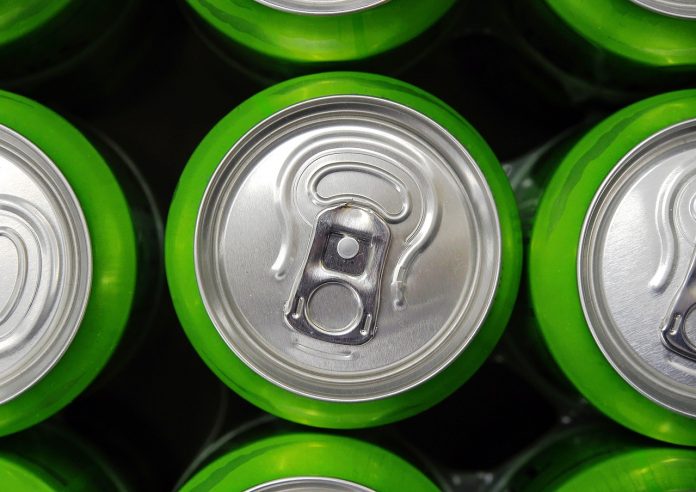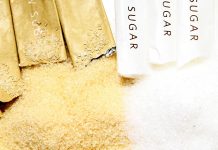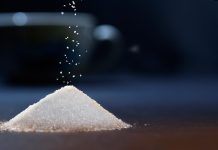
Does the US Dietary Guidelines in calling for no more than 10% of calories from sugar mean a) added sucrose, b) sucrose, added or naturally occurring, or c) all simple sugars (fructose, glucose, lactose, sucrose, etc.)?
Do you also know whether sugars on the food label refers to added sucrose or to sucrose (whether or not added) or to all simple sugars?
Thank you. I appreciate any help you can give me.
None of the above. The U.S. Dietary Guidelines recommends you moderate your intake of added sugars to 10% of calories which includes sugar you add to food at the table as well as sugar added by food manufacturers which may be more than sucrose or simple sugars.
Added sugar grams are now required on food labels by the FDA (Food and Drug Administration) which updated their rules in 2016 starting food manufacturers compliance by July 26, 2018. The added sugar data on food labels will include sugars added by manufacturers during processing. Examples may include sucrose (table sugar), fructose (fruit sugar) or honey as well as high fructose corn syrup. These naturally occurring sugars are often used as sweeteners added during food manufacturing. So for the consumer, it may be a bit confusing until they realize added sugars are added by food manufacturers, not sugars occurring in foods grown in nature. The previous food label included lactose in milk, fructose in fruit, etc.along with added sugars in Total Sugars on the previous food label which mixed natural and added sugars in a confusing message.



